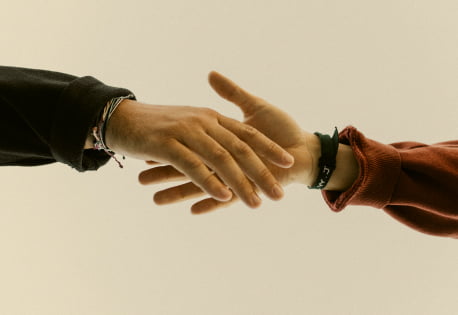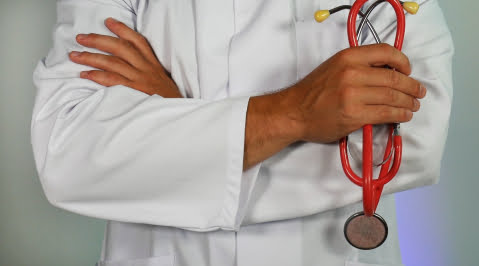PEP
PEP – last rescue from HIV

PEP – post-exposure prophylaxis
Contact with the blood, semen or other biological material of HIV infected person does not have to lead to HIV infection. An early post-exposure procedure (PEP) can protect you from infection.
What is PEP?
PEP – post-exposure prophylaxis, prevents HIV, HBV and HCV infections when potentially acquired as a result of sexual, professional or non-professional exposure.
It is a set of procedures and tests performed to determine if there was a risk, what kind of risk it was and with what diseases this risk could have been associated. Depending on the answers to these questions the doctor decides if it will be necessary to administer PEP
medicines. The PEP treatment may include medicines to prevent HIV or other sexually transmitted diseases and/or vaccinations – for example against hepatitis B (HBV).
When should PEP start?
What to do after risky situation?
You should contact the medical facility specialized in post-exposure procedures as soon as possible.
What should I do after a risky sexual contact?
- Clean mucosa of potentially infectious materialFor example: rinse your mouth, wash your penis, rinse your vagina, anus. Be careful not to damage any mucosa.
- Talk to your partnerAsk her/him about current test results and talk about risks associated with HIV andother sexual transmitted infections
- If your partner is infected with any STI, ask for hers / his latest resultsThe doctor who makes decision about your PEP treatment should have access toyour partner's results
- Contact a doctor or a medical facilityYou should contact a medical facility that specialises in post-exposure procedures. They can make a decision to implement PEP treatment in order to prevent potential infections
The faster the better
Do it together
You can avoid it
Find out if You were exposed
Sexual exposure
The risk occurs when the mucosa comes into contact with potentially infectious biological material (from a person about whose serological status we are not sure or from a person we know is HIV positive but we have no knowledge about his/her antiretroviral
Any person who is sexually active
Professional exposure
The risk occurs when damaged skin or mucosa are exposed to potentially infectious material while performing a professional duties. This is considred an accident an accident at work.
Medical personnel at all levels, laboratory staff, police, municipal police, medical and non-medical prison workers, cleaning staff etc.
Non-professional exposure
The risk occurs in case of accidental needle puncture, exposure to blood or other infected fluids e.g.while giving first aid or during afight
Any person who has contact with blood or other infectious material.
Professional and non-professional exposures, called accidental exposures (accidentalneedle puncture, sexual assault etc.) are handled in specialized public medical facilities. In these cases the NFZ (NFZ -Narodowy Fundusz Zdrowia – National Health Fund) covers
the costs of health care and PEP medicines.
In other cases (not related to professionalduties or accident) a person voluntary exposed to the risk of sexually transmitted infectioncan also receive care in public facility, but he/she has to cover the cost of this care and medicines by him/herself.

LEARN MORE
In the context of sexual health, PEP stands for post-exposure prophylaxis. It mainly concerns HIV, HBV and HCV infections.
According to the recommendation of the Polish AIDS Scientific Society, it is best to use emtricitabine/tenofovir or azotymidine/lamivudine with one of the inhibitors: integrase inhibitor (raltegravir) or ritonavir boosted protease inhibitor (lopinavir/ritonavir or darunavir/ritonavir).
A mucosa damage (e.g. during anus penetration), frenulum damage, bleeding, coexistence of other sexual transmitted diseases, inflammations within anus.
The highest concentration of HIV is in semen, where it is usually even higher than in blood.
The highest risk during sexual contact occurs when an HIV positive person ejaculates into the anus of uninfected person.
Every situation carrying the risk of HIV infection is called exposure. Exposure is every contact with HIV infected biological material or with biological material of unknown serological status including: sexual contact, accidental needle puncture, giving first aid, sharing injecting equipment or other accessories used to administer drugs, rape, physical assault or fighting that involves skin damage and bleeding.
